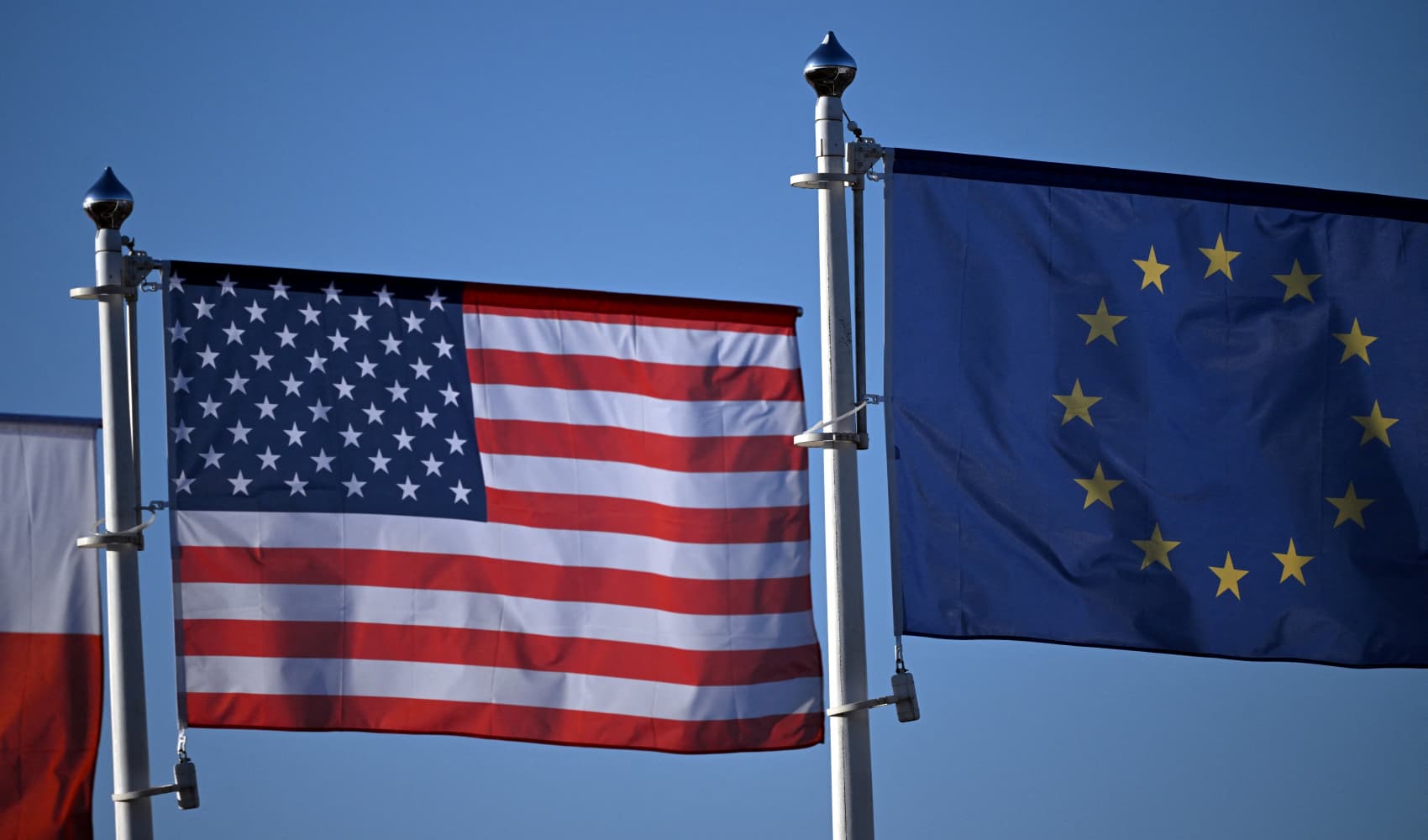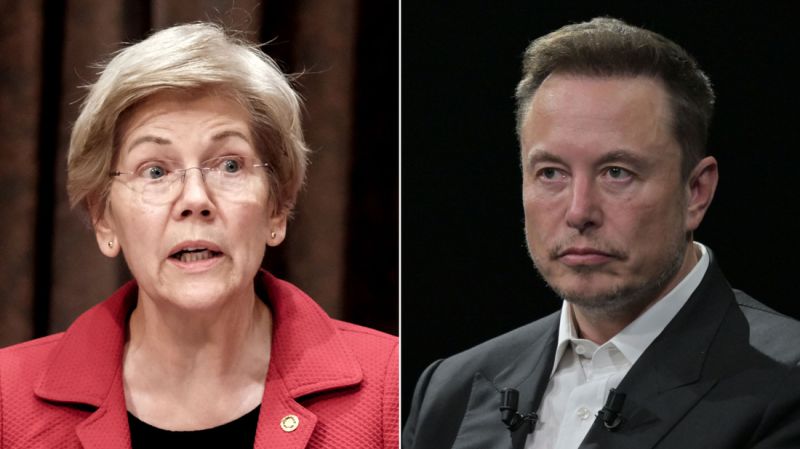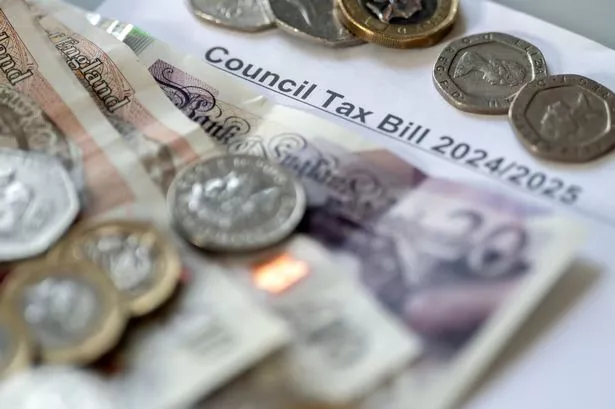As the European Union and the United States race against a critical July 9 deadline, trade negotiations have reached a pivotal juncture, with European officials now signaling that a “political” or “bare-bones” agreement represents their most viable path to avert the full return of reciprocal tariffs. This pragmatic approach entails securing an agreement in principle, deferring the intricate details of a comprehensive trade deal to a later, less pressured stage. The looming deadline underscores the urgency to de-escalate trade tensions that have escalated significantly in recent months.
Tensions between Washington and Brussels have mounted considerably since the return of U.S. President Donald Trump to the Oval Office. What were once close transatlantic allies have found their relationship strained by disagreements over trade policies, culminating in the White House’s announcement of reciprocal tariffs against global partners, including a 20% levy on the EU. While these duties were temporarily reduced to facilitate dialogue, the underlying friction points remain, making the current trade negotiations a high-stakes endeavor for both economic blocs.
In a bid to bridge the divide, the U.S. recently extended a new proposal to the EU’s negotiating team, prompting European and American counterparts to engage in face-to-face discussions this week. Despite the complex political landscape, there’s a cautious undercurrent of optimism among some European officials. Lithuania’s Minister of Finance, Rimantas Šadžius, expressed being “slightly optimistic” about reaching a trade compromise, reflecting the hopes that a preliminary accord can be struck before the deadline.
However, despite these efforts and the optimistic sentiments, the European Union is proactively preparing for all possible outcomes, including the re-imposition of tariffs. This strategic foresight acknowledges the volatility of the current trade negotiations and the potential for significant economic repercussions. With total bilateral trade in goods between the EU and the U.S. amounting to a staggering 851 billion euros ($1 trillion) in 2023, the stakes are immensely high, impacting various sectors across both economies.
Brussels recognizes that a complete return to the pre-April 2 announcement trade relationship is improbable given the entrenched positions. Therefore, the EU’s focus has shifted towards securing critical concessions in economically vital sectors. European negotiators are actively pushing for favorable terms in the automotive, semiconductors, and pharmaceuticals industries, aiming to mitigate the impact of potential U.S. levies and safeguard key European interests, even if the eventual deal is “asymmetrical” in its application of tariffs.
For any agreement in principle to gain traction among all 27 EU member states, a crucial condition has been laid out: a commitment from the Trump administration for “upfront tariff relief.” This demand underscores the EU’s desire for tangible assurances and a clear pathway to de-escalation rather than just a symbolic gesture. The European Commission, responsible for external trade negotiations, is tasked with reflecting the collective will and economic priorities of its diverse member states in these delicate discussions.
Discover more from The Time News
Subscribe to get the latest posts sent to your email.






